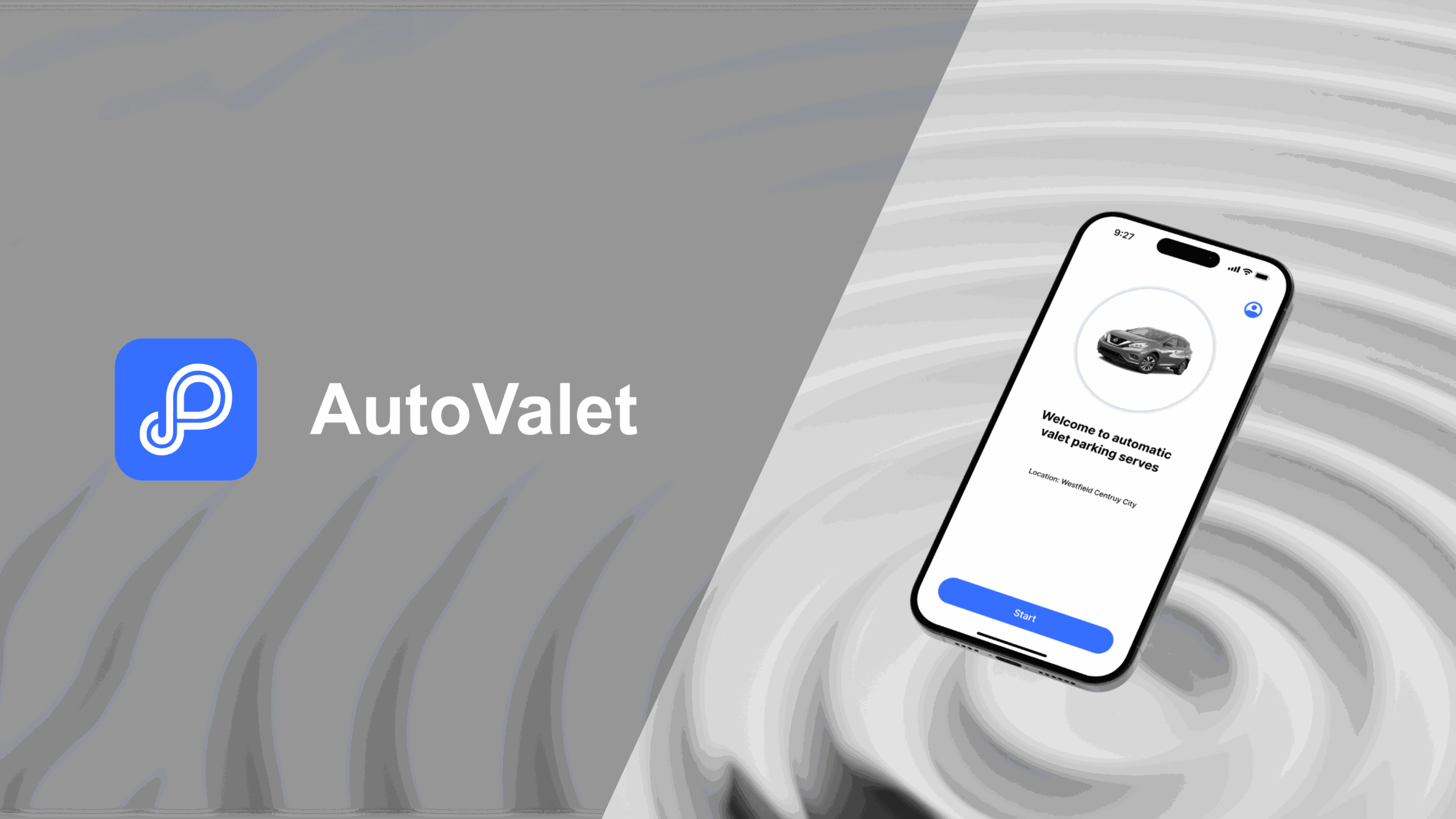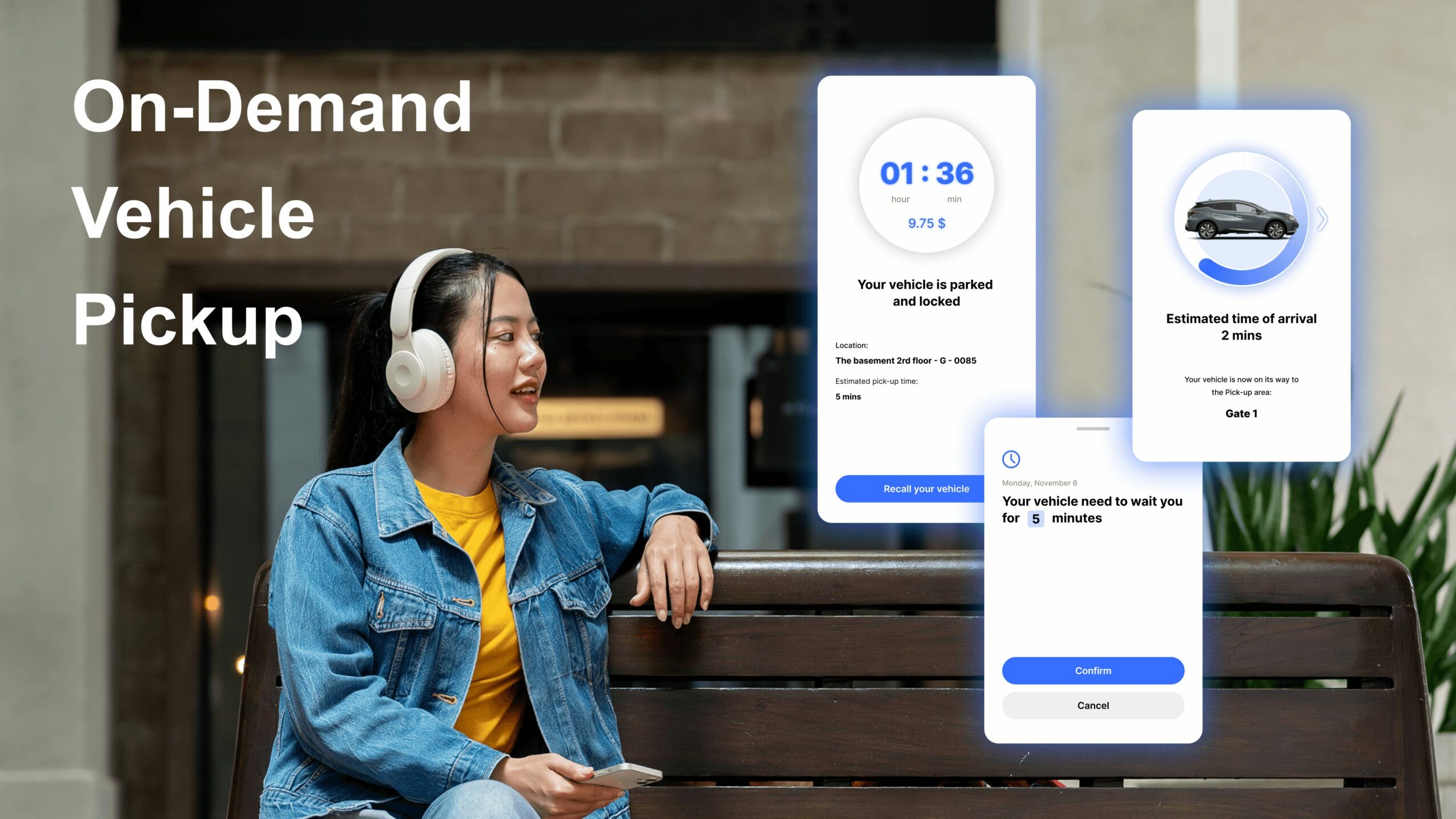

Today we’d like to introduce you to Yongkang Yu.
Hi Yongkang, so excited to have you on the platform. So before we get into questions about your work-life, maybe you can bring our readers up to speed on your story and how you got to where you are today?
I began my journey in China, where rapid urbanization and the integration of smart infrastructure into daily life sparked my interest in how technology interacts with people. This environment instilled in me an appreciation for structured efficiency but also made me question what might be lost when systems prioritize speed and structure over nuance and emotional feedback.
These early experiences led me to pursue a career in UX design, focusing on creating systems that are not only efficient but also intuitive and emotionally intelligent. I believe technology should operate like a quiet, intelligent ally—subtle, supportive, and aligned with how people naturally think and behave.
One of my notable projects is AutoValet, a C-V2X-powered intelligent valet automation system designed for large-scale commercial environments. AutoValet automates both vehicle drop-off and retrieval, offering a complete end-to-end valet experience without the need for human attendants. The system emphasizes ease of use, with an onboarding process that feels smooth, quick, and naturally integrated into users’ expectations.
Throughout my career, I’ve been recognized by the French Design Award, MUSE Design Awards, London Design Awards, and American Good Design. These accolades reflect a global shift toward intelligent systems that are not only high-performing but also intuitive, unobtrusive, and human-adaptive.
Currently, I’m focused on researching the intersection of AI, multisensory UX, and spatial computing, exploring ways to deepen connection, clarity, and trust between users and increasingly intelligent environments. My goal is to continue designing technology that fades into the background—not because it is simple, but because it is deeply aligned with how humans think, feel, and move.
Can you talk to us a bit about the challenges and lessons you’ve learned along the way. Looking back would you say it’s been easy or smooth in retrospect?
It hasn’t always been a smooth road. One of the biggest challenges has been navigating the tension between visionary ideas and practical constraints—especially when working with cutting-edge technologies like AI, C-V2X, and spatial computing. These systems are complex, and turning a conceptual vision into a working, intuitive product often requires bridging the gap between abstract human emotions and rigid technical logic.
Another ongoing struggle has been breaking out of the “tool-first” design mindset that’s common in the tech world. Early in my career, I often saw solutions being driven by available tools rather than by actual user needs. It took time—and many failed attempts—to learn how to reverse that process and start from human behavior, emotion, and context.
Being a freelance designer also means I wear many hats: strategist, researcher, storyteller, technologist. This freedom is powerful but also demanding. I’ve had to learn how to communicate complex ideas across disciplines, stay grounded in empathy, and constantly refine my own design philosophy—especially as technology evolves faster than ever.
But those struggles also shaped the core of my design ethos: that great design doesn’t just solve problems; it restores harmony between humans and the systems that surround them.
Appreciate you sharing that. What else should we know about what you do?
I create systems that feel—technologies that don’t just respond, but resonate. My work lives at the intersection of design, emotion, and automation. I specialize in crafting experiences where users don’t need to “learn” how to use a product—because the product already understands them.
Rather than chasing the latest tools, I’m more interested in rethinking the relationship between humans and machines. I’ve designed everything from ambient apps that repurpose old devices into emotional companions, to intelligent infrastructure that choreographs movement in urban space. What connects them all is a subtle sense of presence—technology that quietly supports, rather than shouts.
What I’m most proud of isn’t any single award or product (though I’ve received international design honors); it’s the moments when someone says, “This just feels right.” That’s when I know the design is doing its job.
Before we let you go, we’ve got to ask if you have any advice for those who are just starting out?
Don’t rush to master tools—focus on mastering curiosity. When I first started, I thought being a great designer meant knowing every software shortcut. But what really mattered was learning how to ask better questions: Why do people behave the way they do? What makes an experience feel human?
Also, don’t be afraid to unlearn. The tech world often celebrates efficiency, but real creativity comes from slowing down and noticing the subtle things—frustration, hesitation, joy. Those moments are design clues.
One thing I wish I knew earlier: you don’t need permission to start designing meaningful things. You don’t need a title, a team, or a big brand. Some of my most fulfilling projects started as small experiments—just me trying to solve a problem I cared about.
Stay playful. Stay uncomfortable. And remember that the best design work doesn’t come from certainty—it comes from staying open.
Contact Info:





















